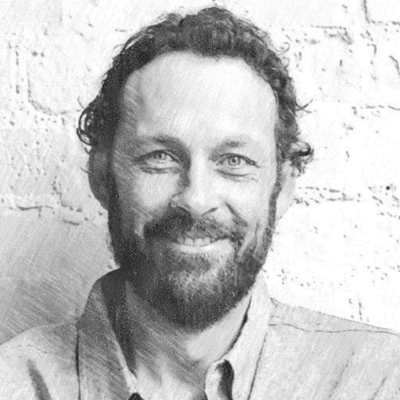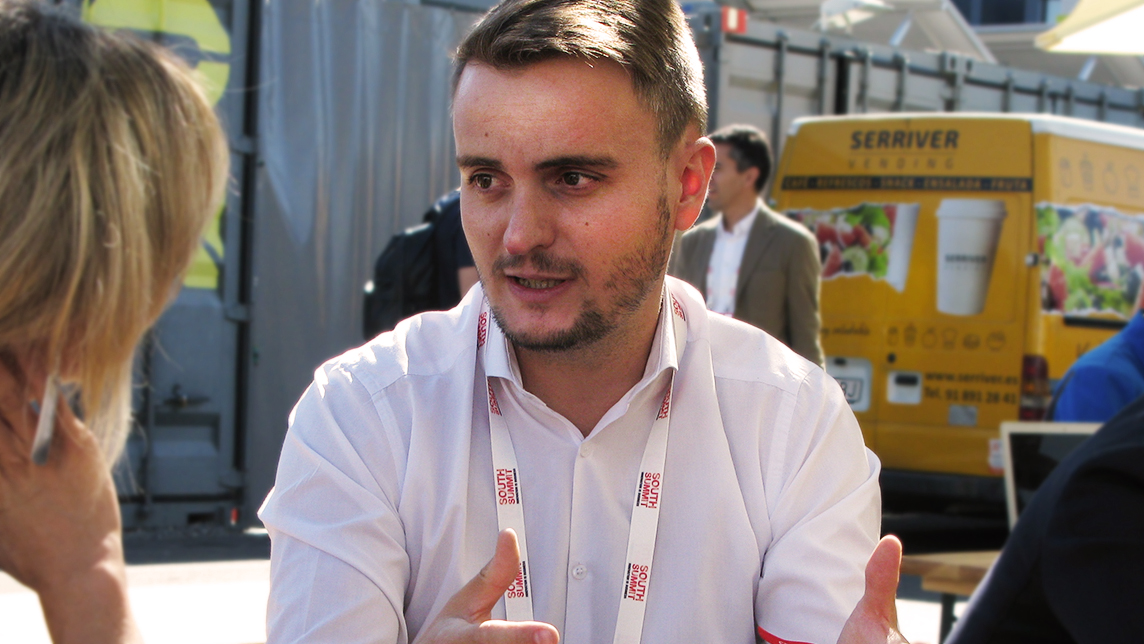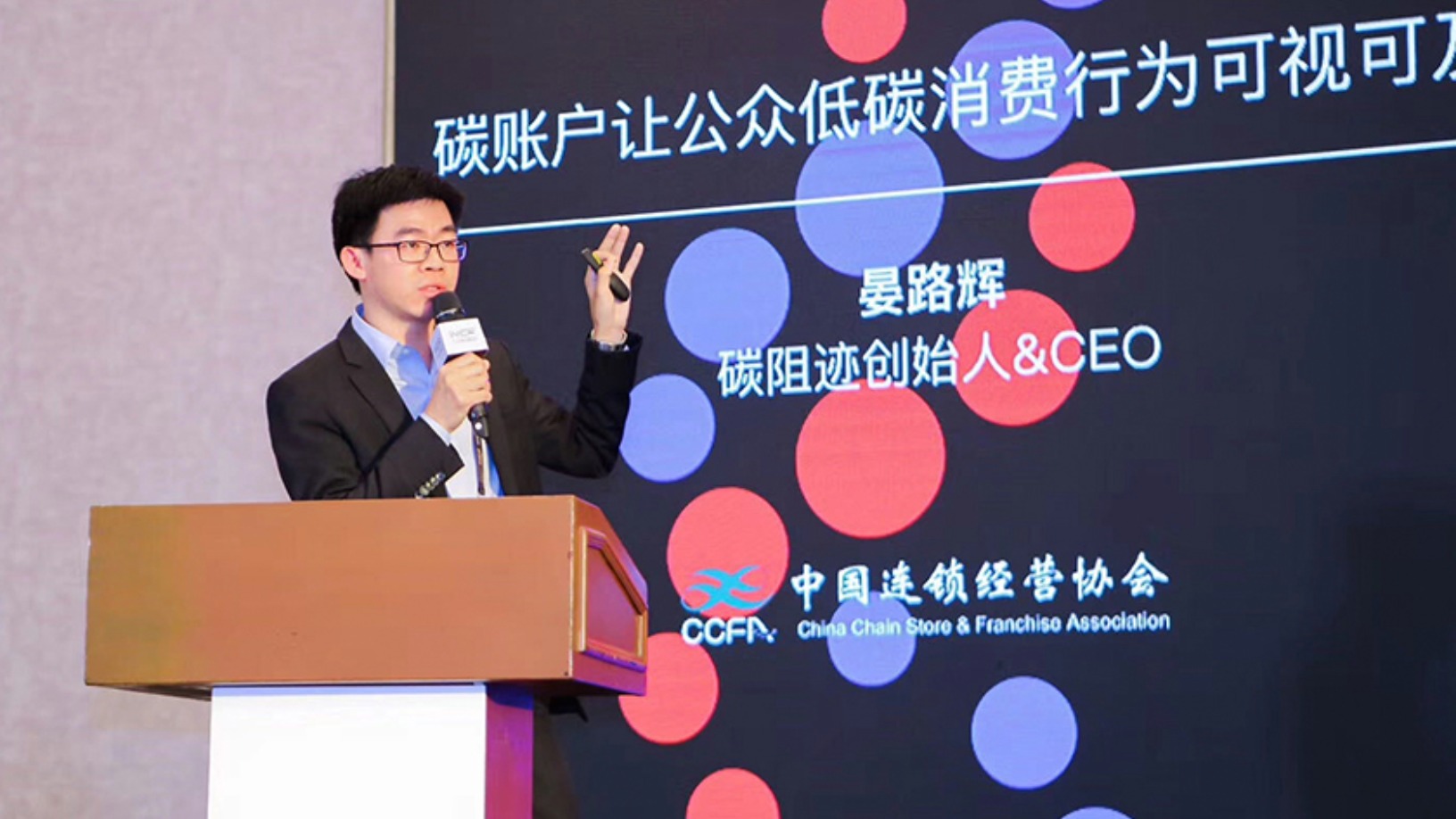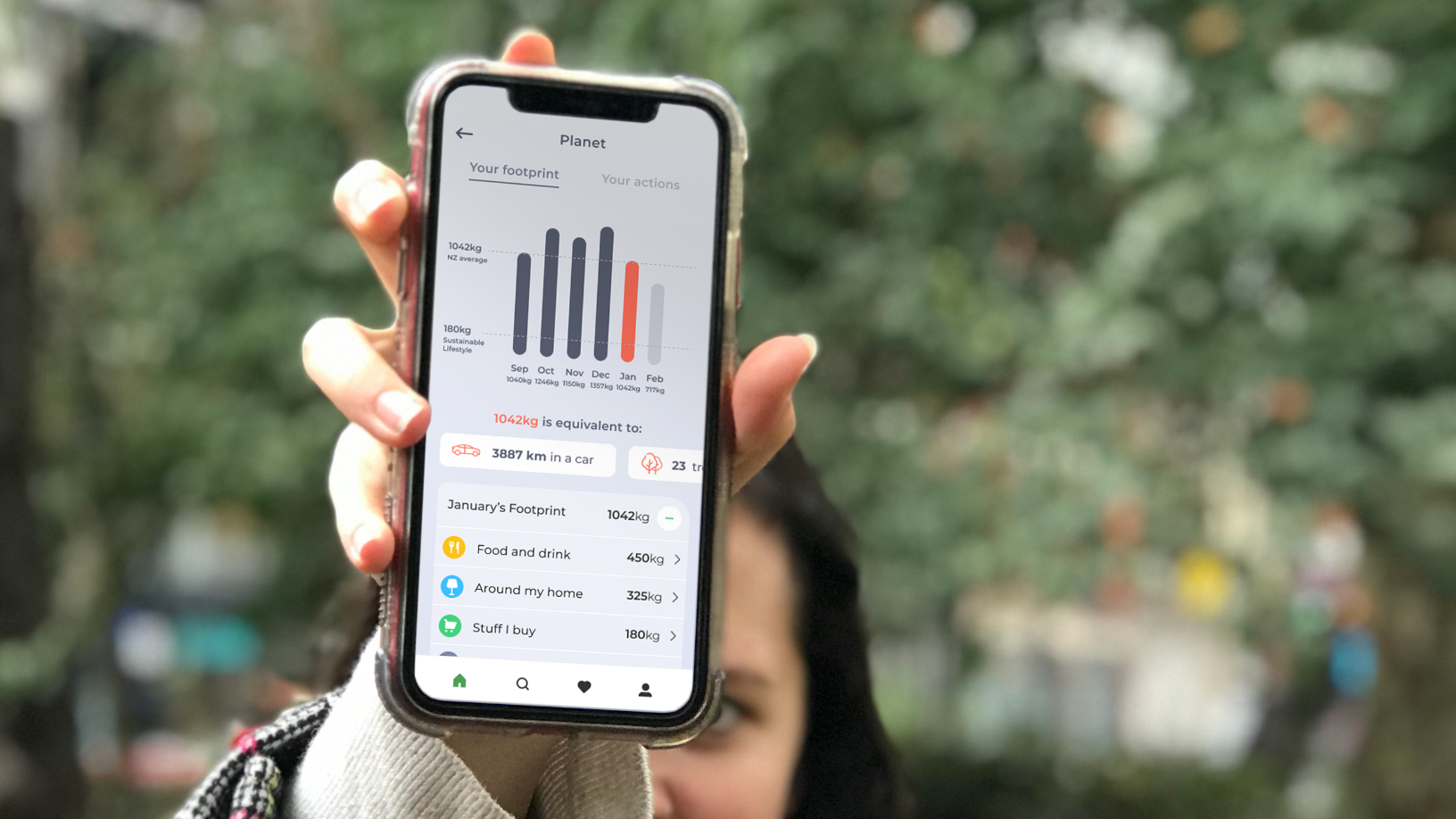Helsinki-based Carbo Culture has re-purposed the ancient Amazonian soil improvement technology of biochar to draw down carbon for thousands of years. Building on scientific research and a small hardware device built to perform carbon sequestration in the 2010s, Carbo Culture, which acquired the license to convert biomass to biochar, is now scaling this technology.
The nascent carbon removal segment is predicted to be worth $5.6bn in 2026, though it is growing rapidly year-on-year, with a predicted CAGR of 35% from 2018. Carbon saving and replacement startups are common across ecosystems, but there are relatively few carbon removal players globally.
Carbo Culture, which was founded in 2016, does not expect to fully commercialize its services until 2024. The startup recently completed a $6.2m seed round, led by Silicon Valley-based VC True Ventures and Germany's Cherry Ventures, with the participation of Swiss climate investor Übermorgen Ventures and Finland's Lifeline Ventures.
Carbo Culture was co-founded by entrepreneur and CEO Pia Henrietta Moon, the youngest ever board member in a Finnish publicly traded company, and American inventor and mechanical engineer Christopher Carstens, previously the architect of a bioreactor that runs on ethanol. Besides its Helsinki base, the startup has a plant in the Californian countryside where its prototype converts walnut shells into biochar.
Moon recently spoke to CompassList about the advantages of biochar and Carbo Culture's plans to scale its technology.
This interview has been edited for length and clarity.
Why did you decide to get involved in this sector, and why do you see carbon removal technologies as essential?
Our atmosphere has too much carbon, and we have global warming as a result. So, we have to figure out the quickest way to get that carbon down from the atmosphere.
It’s widely recognized by scientists and experts such as the Intergovernmental Panel on Climate Change (IPCC) that we will need to remove 10bn tons of carbon dioxide from the atmosphere by 2050 just to limit global warming to 1.5 degrees Celsius and that carbon avoidance alone, consisting of measures such as switching to renewables, cannot achieve this. To get to net-zero, that is, zero added carbon to the atmosphere, we need to remove as much carbon dioxide as we release, which we cannot achieve merely by limiting CO2 emissions.
I've always been passionate about the environment. Growing up in Finland, I've been very close to nature, both as a scout and a sailor, witnessing the deterioration of the Baltic Sea. I got into a three-month program at the NASA Base in California called Singularity University in 2013, where they brought together a bunch of multidisciplinary people from all around the world to think about how we would solve some of the world's biggest challenges, and that is where I met my co-founder. When we were looking at all those problem areas, we just felt that climate was such an overarching theme that if we fail on climate, we will fail on many other things. So, it seemed too important to pass up working on it.
To get to net-zero, we need to remove as much carbon dioxide as we release
What exactly is biochar technology, and how does it remove carbon?
For thousands of years, Amazonian people have been making charcoal in various forms. This way, people got rid of crop residues, food waste, or some forest waste and put it in pits where they slowly burnt it. The result was biochar which, when mixed with manure or compost or any kind of nutrients that were available and put into the poor soils of the Amazon region, enriched them, creating soil called terra preta.
Biochar itself is not a fertilizer. It's more like a coral reef is to the sea; it's purely a structure. So, all the micro-organisms in compost or manure can populate it. And then, that carbon can help the soil with its structure and provide better drainage and air permeance. So, instead of having that waste biomass decay and return to the atmosphere, it is converted into a stable form that takes a lot longer to return to the atmosphere, and in our case, with our modern version, more than 2,000 years.
How did you discover biochar technology and decide to put it to modern use?
We are not actually using any ancient technology. It was a more recent discovery in the Natural Energy Institute in Hawaii. The professor who invented the technology that ours is somewhat based on, was a mentor to my co-founder and CTO. We visited the professor after the Singularity University experience. They were operating machinery to create biochar from biomass that was at the lab scale, so basically, hardware the size of a microwave.
The Institute had built a larger system but barely got to use it. So it was a long way from commercialization. A few years later, in 2016, when we decided to start the company, we [acquired the license for] that technology, began developing it, scaling it in terms of volume, and managed to run the system for more time than the Natural Energy Institute. We also began researching raw materials and different commercial applications and have been developing them ever since.
Why did you decide to go for biochar and not other carbon removal technologies?
If you compare our technology to two other forms of removal – direct air capture and mineralization – both need a huge amount of input power to do the actual capturing of the carbon. With ours, actually, nature does it already by using solar power. So, we don't have to put more strain on the energy system by demanding more green energy. So I think it's a huge advantage for us. But, in the same breath, I think that we need everybody possible acting because we're not even at a fraction of the need to remove tens of billions of tonnes of carbon annually.

To what extent have you scaled up the original biochar research, and to what level of success?
Since we acquired the license for the technology and got some pre-seed funding together in 2018, it has really taken us two-and-a-half years, until the end of 2020, to run the technology at a volume eight times larger to get to where we wanted to be in terms of testing. We now have a shipping container-sized hardware measuring almost 25m. Right now, it runs on an electrical air compressor, which we will, in the future, replace with using our own excess power because our system is a heat-giving process, so we can use part of the biomass to power the system. We actually don't need a terrible amount of power to run this large device.
To carbonize the biomass and turn it into biochar, we rapidly take the material to a temperature between 750–1,000 degrees Celsius and then starve it of oxygen, so in that way, it does not burn. Right now, we're operating a batch system that takes us about two hours. In that time, we can process a bit more than 1,000 lb (453 kg).
Our recent independent audit used a specially devised methodology called Lifecycle Assessment (LCA) that confirms our technology absorbs more CO2 than it emits. It confirmed that our technology removes 3.2 tons of CO2 per ton of biocarbon produced with a storage life of over 2,000 years. It really is calculated by math because you can weigh our material and then send it to the lab, see how much absolute carbon is in it, and then derive the carbon dioxide that that represents.
In terms of building the device, my co-founder did a lot of the work on our site by himself, literally with his own hands. We also had some friends helping us for a few months here and there and used some professional engineering companies and welders. We are getting another test system later this year and are planning on building other plants this year, at least starting construction of a larger one. We are looking at both California and also Finland, and other Nordic nations.
Where do you get your biomass from, and is all biomass suitable for producing biochar?
Yes and no. If we actually process something with a lot of air or water, we're really just processing air and water. So, we want material with a greater carbon density because our goal is to keep as much of the original carbon as possible; that's why we prefer woody materials. As California Central Valley produces about 80% of the world's almonds, I think it is a great location for us.
Our goal is to keep as much of the original carbon as possible; that's why we prefer woody materials
Our plant actually sits behind a nut processing facility; the nuts are packaged, and we use the left-over shells. We also use peach pits and all sorts of agricultural production waste because it is generally uniform. We don't have to process it beforehand, plus it is something people really want to get rid of. We're not at the stage of being able to do collection ourselves yet; we're still relying on others to do that for us.
Finland has less of the kind of agricultural scale California has, but we do have many forestry products, everything from making paper to furniture and houses, so there are definitely different kinds of waste streams that we could use for a plant here. A great point source for us to be located would be near sawmills, for example.
What will you do with the biochar produced?
We have not produced it in sufficient quantities to be commercially interesting, but we plan to commercialize it in the future. It is excellent for providing green infrastructure in the soils around cities for filtration and urban trees. Its high chemical and physical absorption capacity enhance nutrient cycling, water collection, and contaminant, toxin and heavy metal removal. Customers could be municipal parks, nutrient companies, those who produce compost or other input materials for farms. We’re currently pre-selling our 2022 production in Northern Europe and seeking pilot customers in Northern California and Europe.
You can also use biochar in concrete, but it is tricky because concrete is very cheap. There are actually other ways of making concrete more sustainable than just using biochar. But there are companies like Made of Air making 100%, recyclable construction materials from biocarbon and biochar.
A major advantage of our technology is the excess heat produced in the biochar process in the form of gas, which can be turned into hot water and sold for district heating. We have been looking at a site in Finland where we could integrate it directly into district heating. There is also the possibility to use gases produced as bi-products, like hydrogen or methane for other energy purposes. It’s also important to reiterate that biochar, even if not re-utilized, remains stable with our technology for more than 2,000 years so it is not releasing greenhouse gases in any way in this form.
Your main business model consists of selling credits. If so, what are your plans in this area and what price point are you at and where do you need to be in order to be commercially interesting?
Since December 2020, we have been registered on carbon removal marketplace Puro.earth, the first marketplace of its kind. In order to sell removal credits there, we had to do a lifecycle assessment and external audit verifying our technology and the measurement systems that we're using. We're seeing a lot of demand for carbon credits from companies that want to be carbon neutral – anyone from a food company to a tech company has made carbon neutrality pledges. However, the cheapest credits are just supporting green energy, they're not actually removing emissions added to the atmosphere. So, there is a shift towards carbon removal.
Puro also provides the pricing mechanism. Because we are definitely not at a commercial scale yet, our system currently costs $620 per ton of CO2 removed, which is obviously very expensive. Towards the end of next year, we're aiming to get that to $400 because we'll be running at more capacity and then, by 2024, we're aiming to get to $200 which is a viable price for carbon removal. However, luckily, right now, we've had the luxury to have a few backers who have agreed to purchase our carbon removal at the actual cost but we need to get to $200 per ton.














